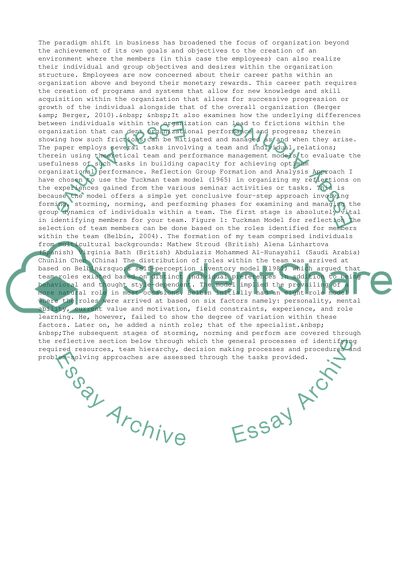Cite this document
(Effective Team and Performance Management Term Paper - 4, n.d.)
Effective Team and Performance Management Term Paper - 4. Retrieved from https://studentshare.org/management/1450521-effective-team-and-performance-management
Effective Team and Performance Management Term Paper - 4. Retrieved from https://studentshare.org/management/1450521-effective-team-and-performance-management
(Effective Team and Performance Management Term Paper - 4)
Effective Team and Performance Management Term Paper - 4. https://studentshare.org/management/1450521-effective-team-and-performance-management.
Effective Team and Performance Management Term Paper - 4. https://studentshare.org/management/1450521-effective-team-and-performance-management.
“Effective Team and Performance Management Term Paper - 4”, n.d. https://studentshare.org/management/1450521-effective-team-and-performance-management.


